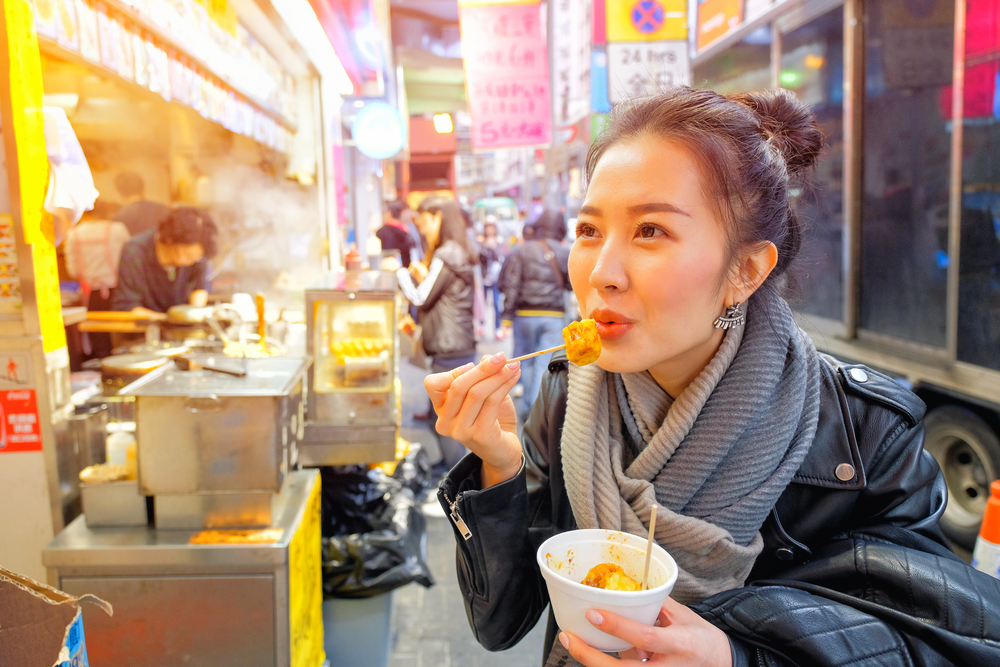82% of HK travellers planning to take dedicated food tourism trip this year, says Booking.com
88.2% of people consider cuisine as defining element of a destination's identity
Contributors are not employed, compensated or governed by TDM, opinions and statements are from the contributor directly

Asian countries nowadays trump some of the well-known culinary destinations like France and Italy, according to westerners and fellow Asians.
If there is one thing that all travellers have in common – it is the desire to eat! There is no better way to capitalise on this but to promote the local cuisine of a tourist destination. ‘Where to eat’ is a major consideration in every trip and is an essential ingredient of an unforgettable adventure.
Gastronomy tourism or food tourism specifically refers to ‘trips made to destinations where the local food and beverages are the main motivating factors for travel’.
According to a survey conducted to over 50,000 global travellers by online travel agent Booking.com, 82% of Hong Kong travellers are planning to take a dedicated food tourism trip sometime this year, much higher than the global average 34%. 70% of them say they pick a destination for its great food or drink.

A food adventure is most popular amongst Asian travellers from China (65%), India (57%), Thailand (53%), Indonesia (50%) and Hong Kong (48%). Asians are especially attracted to dishes that are Instagram-worthy. Beautiful, bright and unusual foods are the perfect way to fill your feed and offer an opportunity to show off local finds.
The top four food destinations in Asia are Ipoh, Malaysia; Kaohsiung, Taiwan; Nagoya, Japan; and Johor Bahru, Malaysia.
It has become an important component of a tourist destination in recent years. The marketing opportunities relating to gastronomy tourism are immense for ‘foodies’ who wish to taste the local dishes to top off their experience.
The attitude of travellers toward food significantly changed, which is evident in the Global Report on Food Tourism by the World Tourism Organization (UNWTO) where 88.2 % of the survey respondents consider gastronomy as a defining element of the brand image of travel destinations. Moreover, one-third of the traveller’s budget is spent on food alone.
Lost in translation
A large number of travellers are hesitant to try out local dishes in places where they are unable to speak the language and where the menu has no English translation. This is best described in a scene in the movie ‘Lost in Translation’ where Scarlett Johansson and Bill Murray were unable to tell the difference between the two dishes on the menu based on the photos that have no English translation to cater to foreign tourists.

The hesitation comes from the fear to order something that goes against their dietary restrictions or beliefs. Knowing what is in the food is important to those with food allergy; certain religions forbid to eat certain foods like pork for Muslims and beef for Hindus.
The best way to indulge in local dishes is with a guidance of a local itself. A guided food crawl can entice travellers to dive into the culinary flavours of the country while learning the rich story behind every plate, which showcases the inherent culture of a country. Every nation has its own distinctive culinary flavours and traditions and local dishes reflect people’s daily lifestyles, religious beliefs, habits and traditions.
“Tourists are attracted to local produce”
“Food tourism has gained increasing attention over the past years. Tourists are attracted to local produce and many destinations are centering their product development and marketing accordingly. With food so deeply connected to its origin, this focus allows destinations to market themselves as truly unique, appealing to those travellers who look to feel part of their destination through its flavours,” according to the former secretary general of UNWTO, Dr Taleb Rifai.


Comments are closed.